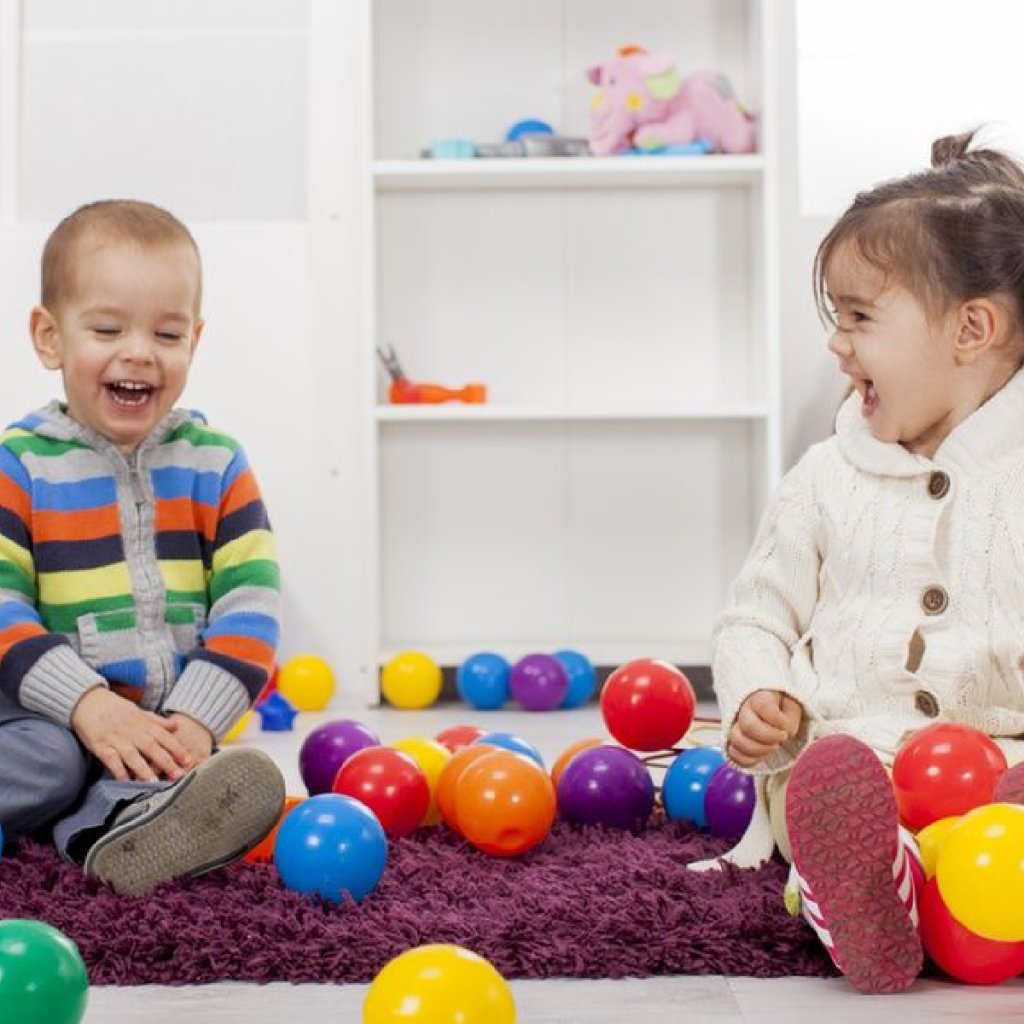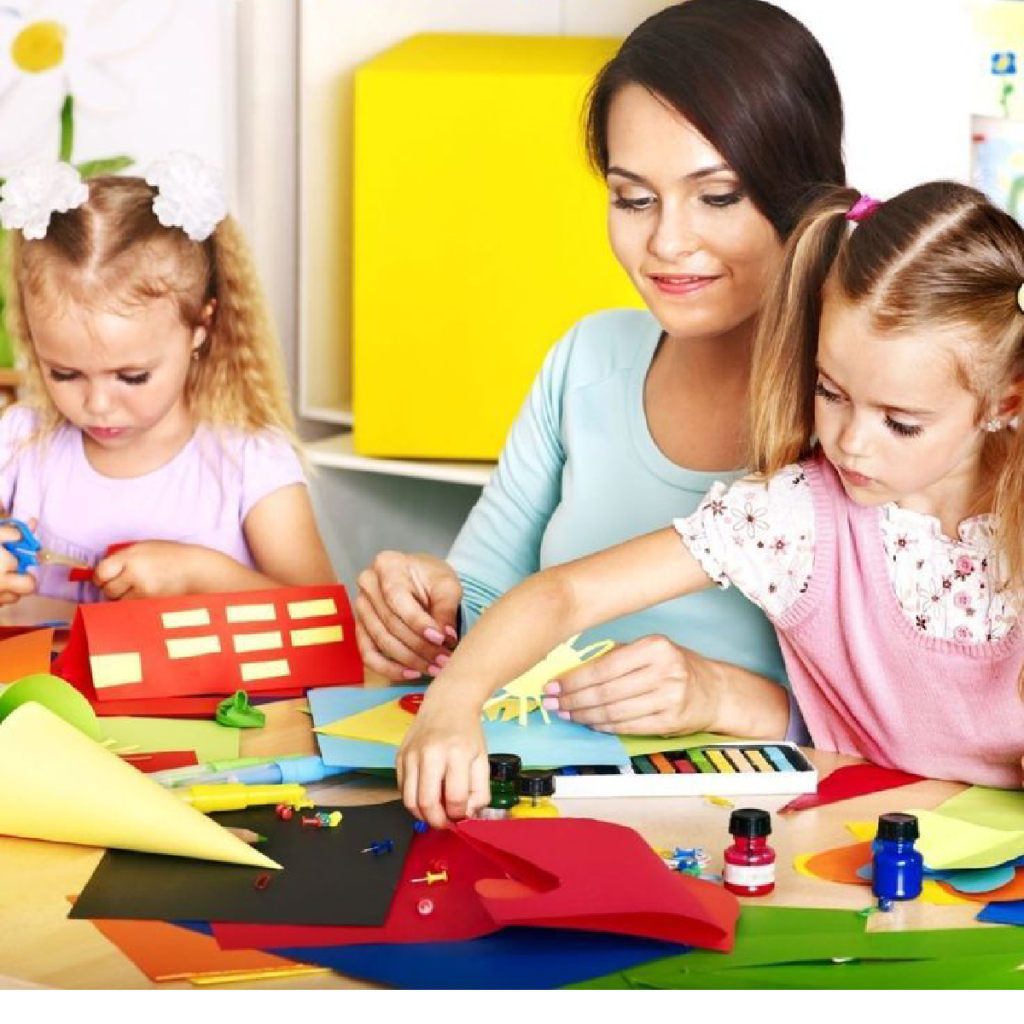Discover effective strategies and practical tips for caregivers on how to handle hyperactivity in daycare settings.
How to Handle Hyperactivity in Daycare: Tips for Caregivers
Being a daycare caregiver can be an incredibly rewarding experience, but it also comes with its fair share of challenges. One of the most common challenges faced by caregivers is dealing with hyperactive children. Hyperactivity can make it difficult to maintain a calm and structured environment, which is essential for the well-being of all the children in your care. In this article, we will explore different strategies and tips on how to handle hyperactivity in daycare.

Understanding Hyperactivity in Children
Before we dive into the tips and tricks, let’s take a moment to understand what hyperactivity in children actually means. Hyperactivity is characterized by excessive levels of activity, impulsivity, and difficulty focusing and paying attention. It is important to note that hyperactivity is a neurodevelopmental condition and not simply a result of a lack of discipline or poor parenting.
Hyperactivity in children is a topic that has gained significant attention in recent years. With the increasing number of children being diagnosed with Attention-Deficit/Hyperactivity Disorder (ADHD), it is crucial to have a deeper understanding of what this condition entails.
ADHD, also known as hyperactivity, is a common condition that affects many children around the world. It is characterized by a combination of symptoms such as fidgeting, restlessness, excessive talking, and difficulty staying still. These symptoms can significantly impact a child’s daily life, including their academic performance, social interactions, and overall well-being.
Defining Hyperactivity: What Does It Mean?
Hyperactivity, as mentioned earlier, is commonly referred to as ADHD. However, it is essential to understand the nuances of this condition to better support children who experience it. ADHD is a neurodevelopmental disorder that affects the brain’s executive functions, making it challenging for children to regulate their behavior and attention.
Children with ADHD often struggle with impulsivity, meaning they may act without thinking about the consequences. This impulsivity can manifest in various ways, such as interrupting others during conversations or engaging in risky behaviors without considering the potential dangers.
In addition to impulsivity, children with ADHD also experience difficulties with attention and focus. They may find it challenging to concentrate on tasks for an extended period, leading to decreased productivity and academic performance. These attention difficulties can also affect their ability to follow instructions and complete tasks in a timely manner.
Common Signs of Hyperactivity in Children
Recognizing the signs of hyperactivity is crucial for caregivers, educators, and healthcare professionals. By identifying these signs early on, appropriate interventions and support can be provided to help children manage their symptoms effectively.
Some common signs of hyperactivity in children include constant movement, even in situations where it may be inappropriate or disruptive. These children may have difficulty sitting still, constantly fidgeting or squirming in their seats. They may also engage in excessive talking, often blurting out answers or comments without waiting for their turn.
Impulsivity is another hallmark of hyperactivity. Children with ADHD may have trouble controlling their impulses, leading to impulsive behaviors such as grabbing objects without permission or interrupting others during conversations. These impulsive actions can strain relationships with peers and adults, as they may be perceived as rude or disrespectful.
Furthermore, children with hyperactivity often have a short attention span. They may struggle to stay focused on tasks or activities, becoming easily distracted by external stimuli. This difficulty in sustaining attention can impact their academic performance, as they may have trouble completing assignments or following classroom instructions.
Hyperactivity vs. Normal Energy Levels
It’s important to differentiate between hyperactivity and normal energy levels in children. All children have bursts of energy throughout the day, which is a natural part of their development. However, hyperactivity goes beyond what is considered typical.
Hyperactive children are constantly on the go, even during situations that require calm and stillness. They may have difficulty sitting through meals, storytime, or quiet activities, as their bodies are constantly in motion. This excessive level of activity can be exhausting for both the child and those around them.
It is crucial to understand that hyperactivity is not a result of laziness or a lack of discipline. It is a neurodevelopmental condition that requires support, understanding, and appropriate interventions to help children thrive and reach their full potential.
The Impact of Hyperactivity in a Daycare Setting
Hyperactivity can have a significant impact on both the child exhibiting these behaviors and the other children in the daycare setting. Let’s take a closer look at the challenges faced in a daycare setting due to hyperactive children.
Challenges Posed by Hyperactive Children
Caring for hyperactive children can be challenging due to their high level of energy and difficulty adhering to rules and routines. They may require more attention, redirection, and patience from caregivers. Hyperactive children often have a constant need for movement and may struggle to sit still during structured activities. This can disrupt the daily routine and make it challenging for caregivers to maintain a structured environment.
Furthermore, hyperactive children may have difficulty focusing and following instructions. They may become easily distracted and have trouble completing tasks. This can lead to frustration for both the child and the caregiver. It is important for caregivers to develop strategies to help hyperactive children stay engaged and focused, such as breaking tasks into smaller, more manageable steps or providing visual aids.
Effects on Other Children and Caregivers
Hyperactivity can impact other children in the daycare as well. The constant movement and noise from a hyperactive child can be disruptive and make it difficult for other children to concentrate. This can lead to increased stress levels among the other children and may affect their overall experience in the daycare setting.
Caregivers may also face challenges in balancing the needs of the hyperactive child with the needs of the other children. It is important for caregivers to find a balance that meets the needs of all the children in their care. This may involve providing additional support and attention to the hyperactive child while also ensuring that the other children receive the attention and guidance they need.
Additionally, hyperactivity can also impact the caregivers themselves. Constantly managing the energy and behavior of a hyperactive child can be physically and emotionally draining. Caregivers may need to develop coping strategies to prevent burnout and ensure that they can continue to provide high-quality care for all the children in their care.
In conclusion, hyperactivity in a daycare setting poses various challenges for both the hyperactive child and the other children and caregivers. It requires patience, understanding, and effective strategies to create a supportive and inclusive environment that meets the needs of all children involved.
Strategies for Managing Hyperactivity
While dealing with hyperactivity can be challenging, there are effective strategies that can help create a calmer and more structured environment for everyone involved.
Hyperactivity in children can often be overwhelming for both the child and the caregivers. However, with the right strategies in place, it is possible to create a supportive and nurturing environment that promotes positive behavior and helps the child thrive.
Creating a Structured Environment
Establishing a structured environment can work wonders for hyperactive children. Having a predictable daily schedule and clear expectations can help them feel more secure and focused. Make use of visual cues, such as pictures or a visual timetable, to help them understand and anticipate the daily routine.
Additionally, it is important to create a physical environment that supports the child’s needs. Designate specific areas for different activities, such as a quiet corner for reading or a designated space for active play. This will help the child understand and navigate their surroundings, reducing the likelihood of overstimulation.
Implementing Behavior Management Techniques
Behavior management techniques are crucial for managing hyperactivity in daycare. Encourage positive behavior through praise and rewards. Acknowledging and reinforcing good behavior can motivate the child to continue exhibiting positive actions.
It is also important to provide clear and concise instructions to guide the child’s behavior. Break down tasks into smaller, manageable steps, and use visual aids or verbal prompts to help them understand and follow instructions. This will help the child stay focused and engaged.
When necessary, time-outs can be an effective tool for managing hyperactivity. However, it is important to use them appropriately and sparingly. Time-outs should be used as a means to give the child a chance to calm down and reflect on their behavior, rather than as a form of punishment.
Promoting Physical Activity and Healthy Eating
Physical activity is essential for hyperactive children as it helps expend their excess energy in a positive way. Incorporate regular outdoor playtime and structured physical activities into the daily routine. This will not only help the child burn off energy but also improve their overall physical health and well-being.
In addition to physical activity, providing healthy snacks and meals with balanced nutrition can help stabilize energy levels and improve focus. Avoid foods high in sugar and artificial additives, as they can exacerbate hyperactivity. Instead, opt for whole foods, such as fruits, vegetables, lean proteins, and whole grains, which provide sustained energy and support brain function.
It is important to remember that managing hyperactivity requires patience, understanding, and consistency. By implementing these strategies and creating a supportive environment, caregivers can help hyperactive children thrive and reach their full potential.
Communicating with Parents about Hyperactivity
Collaborating with parents is essential when it comes to effectively managing hyperactivity in daycare. Open and honest communication can help provide parents with a better understanding of their child’s behavior and create consistency between home and daycare. Here are some tips on approaching the conversation:
Approaching the Conversation with Sensitivity
Approach the conversation with empathy and understanding. Use a non-judgmental tone and focus on the child’s needs. Share specific observations and examples to help parents understand the challenges their child is facing.
Collaborating on a Management Plan
Create a joint management plan with the parents. Discuss strategies that have worked well at daycare and explore ideas that can be implemented at home. Consistency is key, so it’s important to have open lines of communication to ensure everyone is on the same page.
Seeking Professional Help for Hyperactivity
While it is common for children to be energetic, hyperactivity that significantly impacts their daily life may require professional intervention. Here’s when it might be time to consider reaching out to a healthcare professional:

When to Consult a Pediatrician or Child Psychologist
If hyperactivity is causing significant difficulties for the child, such as impairing their ability to learn or form positive relationships, it may be time to consult a healthcare professional. They can help evaluate the child’s behavior and recommend appropriate interventions or therapies.
Understanding the Role of Medication and Therapy
Medication and therapy can be effective treatment options for children with diagnosed hyperactivity. In collaboration with healthcare professionals and parents, a comprehensive plan can be developed to address the child’s specific needs.
Remember, every child is unique, and their journey with hyperactivity will be different. By providing a structured environment, implementing effective strategies, and maintaining open lines of communication with parents, you can create a nurturing and supportive environment that helps all children thrive.



